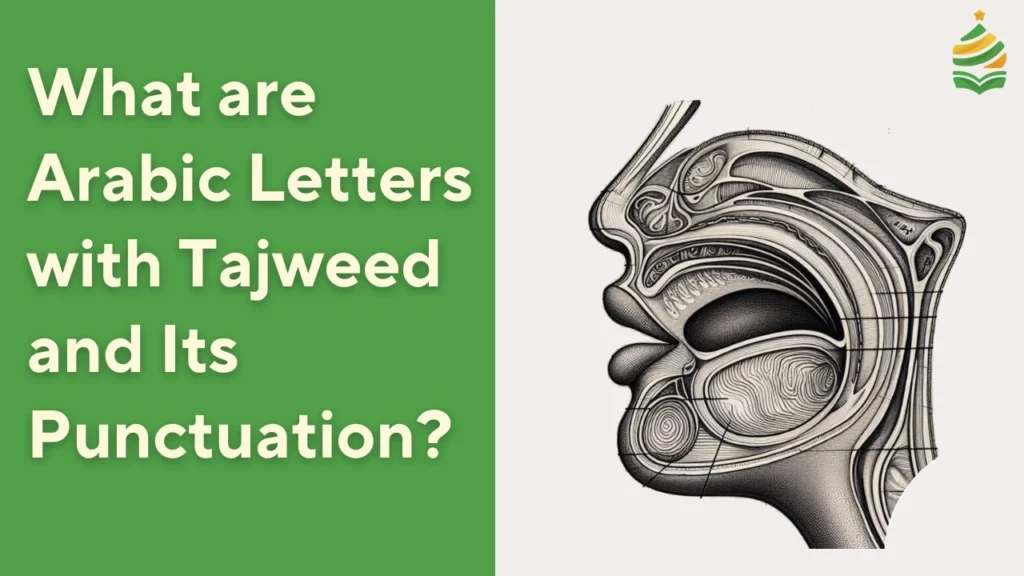Learning the Arabic language does not only depend on the mere recognition of the Arabic letters but also involves pronouncing them from the proper point of articulation. This skill can be mastered through learning Tajweed, the set of rules guiding the correct pronunciation of the Arabic letters so as to avoid any alteration in the meaning of the Quranic text.
This article will help you explore the names of the Arabic letters in addition to their points of articulation. Moreover, we will explain common mistakes pertaining to the pronunciation of Arabic letters with Tajweed and how you can overcome them.
Letters of the Arabic Alphabet
The Arabic language comprises 28 letters starting with Alif (أ) and ending with Ya’ (ي). Each letter is pronounced differently and has different characteristics. However, before we delve into the articulation of Arabic letters, you need to check the shape and name of each letter:
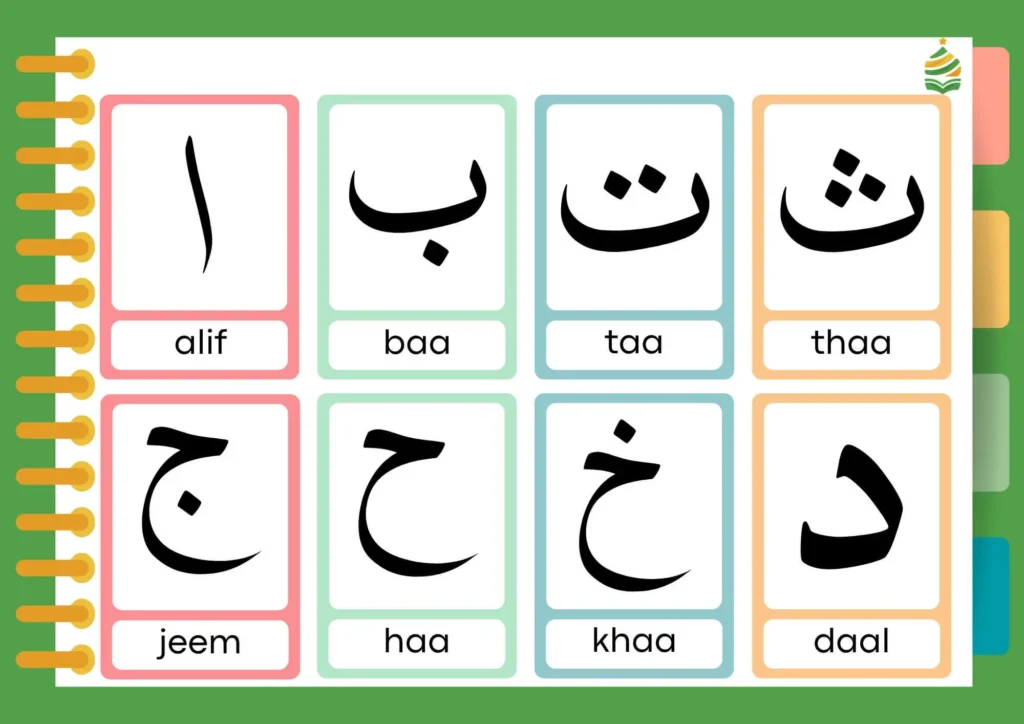

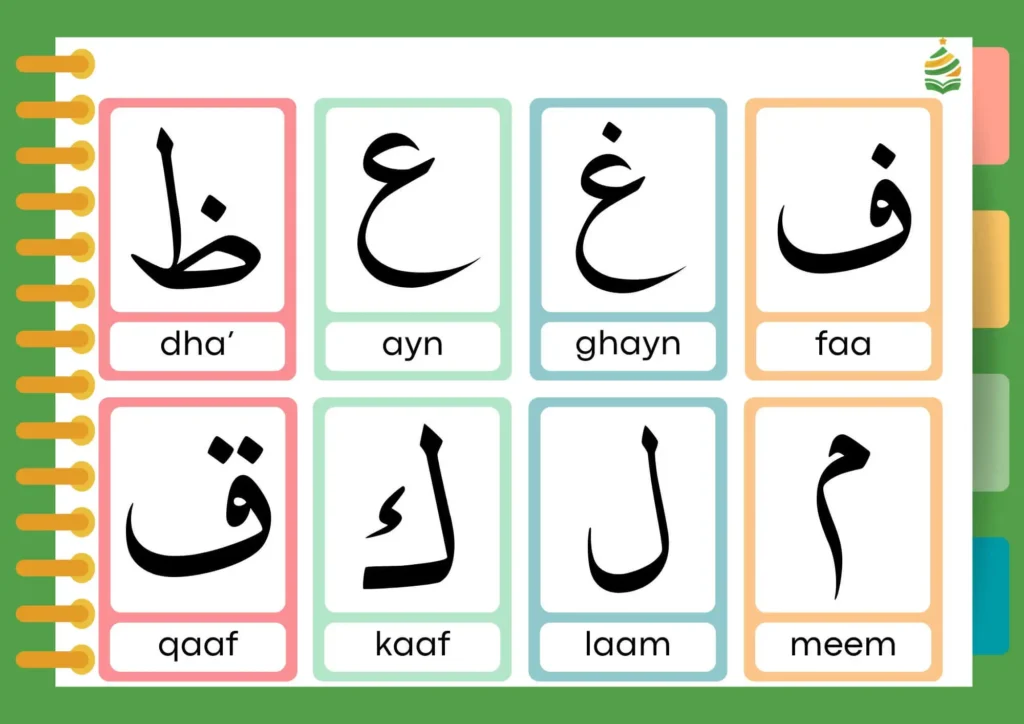
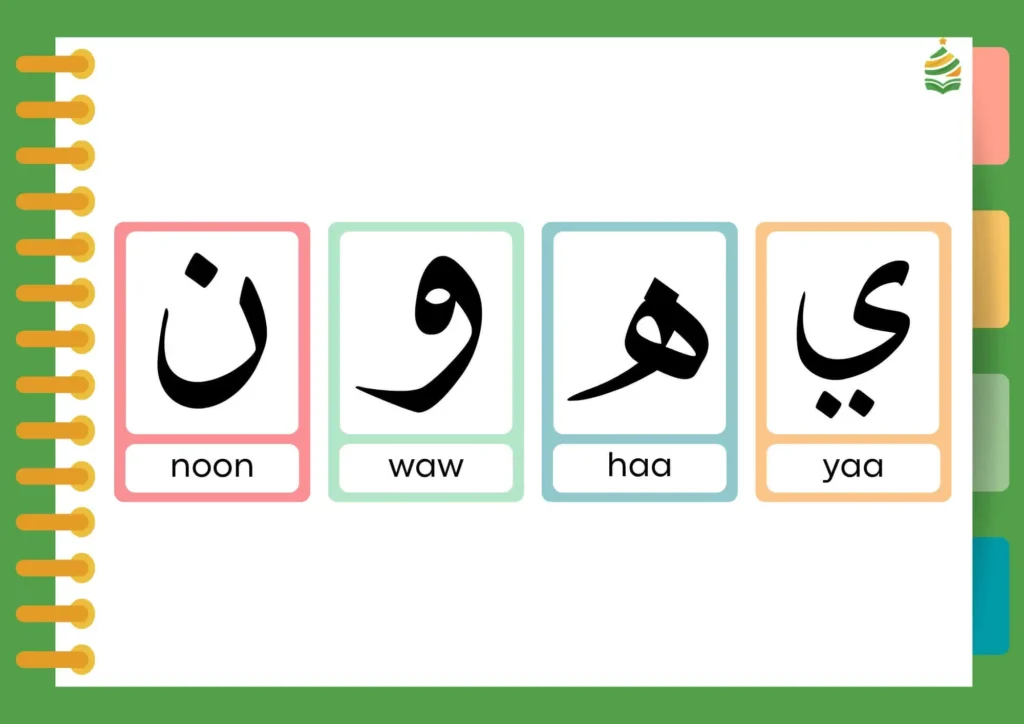
How to Learn Pronunciation of Arabic Letters with Tajweed?
If you aim to learn quran recitation as it was revealed to Prophet Muhammad PBUH, one of the major steps you should take is learning the pronunciation of the letters with Tajweed. This way you ensure that your recitation does not contain any mistakes that will lead to changing the meaning of the verses. For that, you need to learn the exact articulation point from which the sound of the letter is pronounced.
Primary and Secondary Points of Arabic Letters Articulation
“Makharij” (مخارج) is the Arabic word used to refer to the point of articulation. It shares the root with the verb (خرج) meaning ‘to exit’.
The number of these Makharij or points of articulation is debatable among scholars but this article will adopt the opinion of Al-Khalil and Ibn Al-Jazari who categorized 17 points as stated by Ibn Al-Jazari:
مخارج الحروف سبعة عشر
على الذي يختاره من اختبر
They are divided into two categories; primary and secondary.
1. Primary Makharij:
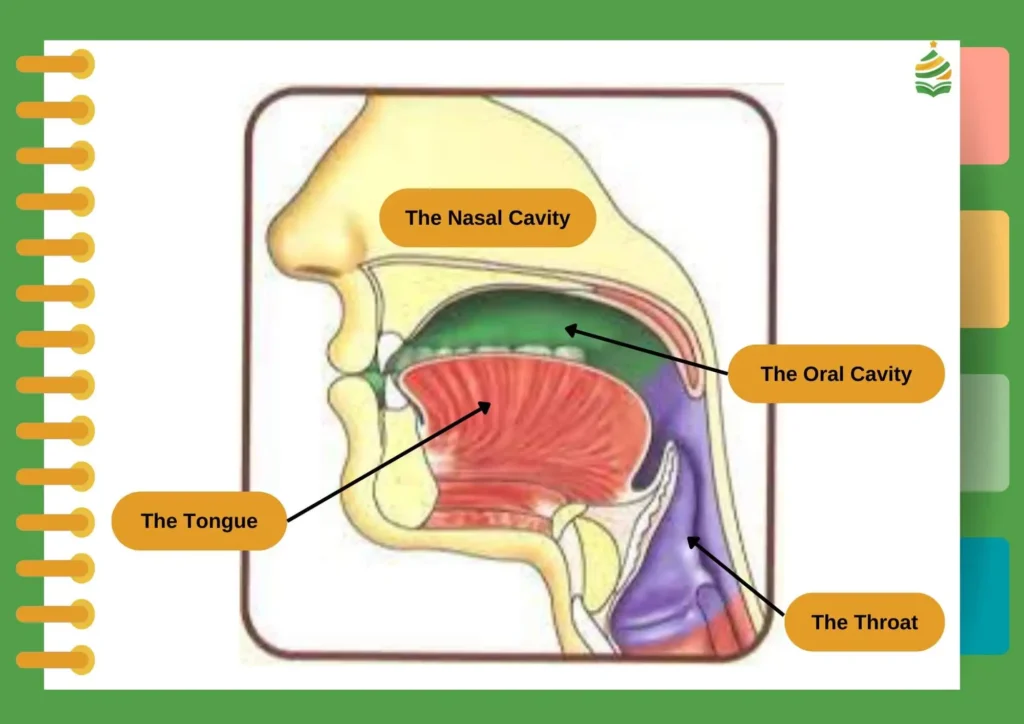
The primary Makharij or points of articulation are as follows:
A- The Oral Cavity (الجوف)
Ibn Al-Jazari mentioned that the oral cavity is the point of articulation for three letters. He called them sisters because they belong to the same group; the elongation letters (حروف المد) which are: ا-و-ي.
A main feature of these sounds is the lack of restriction in their pronunciation by the tongue or the lips. The air merely flows through the oral cavity producing the sound.
B- The Throat (الحلق)
There are 6 throat letters: khaa’ ( خ ), ghayn ( غ ), haa’ ( ح ), ayn ( ع), haa ( هـ), and hamzah ( ء ).
However, these throat letters have different points of articulation within the throat. Let’s explain:
- The back of the throat: the letters haa ( هـ), and hamzah ( ء ) are pronounced from this area around the larynx.
- The middle of the throat: this position is where the letters haa’ ( ح ) and ayn ( ع) are pronounced.
- The entrance to the throat: this place in the throat is where the letters khaa’ ( خ ) and ghayn ( غ ) are produced.
C- The Tongue (اللسان):
Similarly, the tongue is divided into numerous locations with each one producing certain letters in the following manner:
- The back of the tongue is the articulation point for the letter qaf (ق) and kaf (ك). However, the articulation point for the kaf (ك) is directly beneath the articulation point of the qâf, where the upper part of the tongue contacts the upper palate.
- The middle of the tongue: This is the point of articulation for the letters djeem ج, sheen ش, and ya ي.
- The sides of the tongue: this articulation point produces 2 letters; dad (ض) and Lam (ل).
The dad ض is uniquely articulated by the sides of the tongue pressing against the upper premolars and molars whereas the letter lam is produced when both the front side and the tip of the tongue touch the gums behind the front two incisors, the lateral incisors, top canines, and the top premolars.
- The tip of the tongue is the articulation point producing 11 letters:
- ن-ر
- ط-ت-د
- ص-س-ز
- ظ-ذ-ث
Note: Almuhammadi Academy has designed an online tajweed course where students will Arabic letters with tajweed by practicing proper arabic punctuation and pronunciation.
D- The Lips (الشفتان):
The letters fa (ف). Waw (و), ba’ (ب), and meem (م) belong to the articulation point of the lips. The letter fa (ف) is made through pressing the inner part of your lower lip against the upper central incisors. On the other hand, the letters waw (و), ba’ (ب), and meem (م) are produced by closing the lips tightly.
E- The Nasal Passage (الخيشوم):
As for the final articulation point; the nasal passage, it is responsible for pronouncing the Ghunnah. The sound of Ghunnah accompanies the pronunciation of letters such as noon ن and meem م when they are Mushaddad.
| Articulation Point | Letters |
| The oral Cavity | Elongation letters (ا-و-ي) |
| The throat | (ء-ه)، (ع-ح)، (غ-خ) |
| The lips | (ق-ك)، (ج-ش-ي)، (ض-ل)، (ن-ر)، (ط-ت-د)، (ص-س-ز)، (ظ- ث-ذ) |
| The tongue | (ف-ب-و-م) |
| The Nasal Cavity | Ghunnah Sound |
2. Secondary Makharij:
The point of articulation for these letters shifts between two distinct places. This includes four conditions:
A- The Receding Alif- Alif الممالة
This case occurs in the Quran once in the verse:
(وَقَالَ ارْكَبُوا فِيهَا بِسْمِ اللَّـهِ مَجْرَاهَا وَمُرْسَاهَا)
In this verse, the Alif in (مجراها) should be pronounced with Imalah or between a fatha and a kasrah.
B- The Emphasized Lam- Lam المفخمة
In this case, the lam (ل) is emphasized when it occurs in the Name of Allah SWT if it has either a fatha or a Dhummah before it.
C- Hamza المسهلة (Hamza Al-Musahala)
This is another special case which occurred once in the Quran in the verse:
(أَأَعْجَمِيٌّ وَعَرَبِيٌّ)
Here, the Hamza Al-Musahalah is found between the first hamza and the Alif.
D- Al-Ishmam:
It is found in this verse:
(قَالُوا يَا أَبَانَا مَا لَكَ لَا تَأْمَنَّا عَلَىٰ يُوسُفَ وَإِنَّا لَهُ لَنَاصِحُونَ)
This case entails putting your lips in the shape of the “oo” sound but be careful not to create any audible sound while doing so.
Common Mistakes in Arabic Letters Pronunciation:
1. The letter ق
Pay attention that the letter ق is very different from the light ك although they are both pronounced from the back of the tongue.
2. The letter ح
This letter can be challenging to learn as well because it can get mixed with the letter H in English but one way to avoid making this mistake is to pronounce this letter similar to the sound someone makes when they have a cold juice on a hot day.
3. The letter غ
Make sure not to mix between the letter غ and the letter خ since both of them belong to the articulation point of the entrance to the throat.
4. The letters ض and د
Distinguish between the light sound of د which is the same as /d/ sound in English and the pronunciation of the heavy sound of ض which is exclusive only to the Arabic language, the language of ض.
5. The letters ص and س
While the letter س is easy to pronounce for non-native speakers of Arabic because it is the same as /s/ sound, pronouncing the letter ص could present a challenge for them because it is a heavy sound that needs to be pronounced from the deep part of the palate.
6. The letters ث and ذ
As stated earlier, these two letters belong to the articulation point of the tongue in which the tip of the tongue touches the upper front teeth. They correspond to the sounds created by the combination of the letters t and h. Make sure to pronounce these two sounds correctly because confusing them with س and ز would alter the meaning of the verse. Proper pronunciation is crucial, especially when studying tajweed for beginners, to ensure the correct recitation of the Quran.
Conclusion
Understanding the names of the Arabic letters as well as their accurate articulation points are foundational steps towards mastering the Tajweed rules and by extension, the recitation of the Quran so embark on this journey with patience and persistence.
You can always seek the assistance and guidance of expert tutors that can be found at Almuhammadi Academy. They can give you insights into the intricate differences between the letters of the alphabet and how to perfect your pronunciation of them, so make use of that opportunity!

